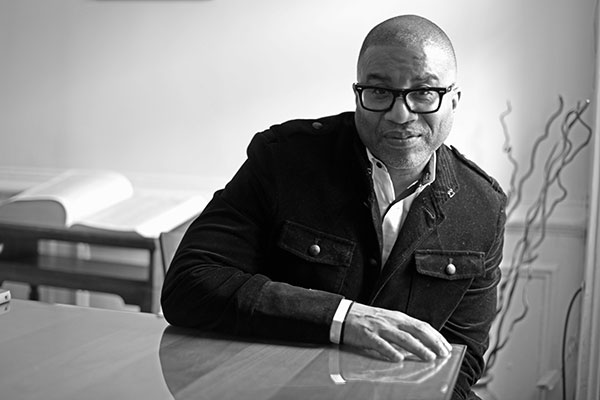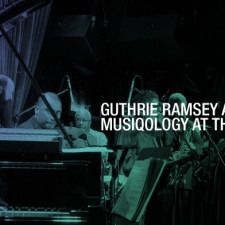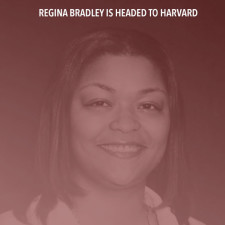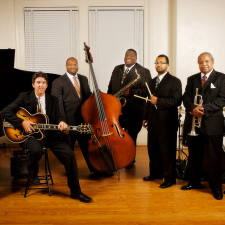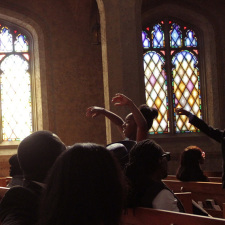 Professor Marcyliena Morgan, the infectious and effectual Director of Harvard University’s Hiphop Archive at the W.E.B. Du Bois Institute seemed as excited as anyone as her staff buzzed around preparing for the event to celebrate the publication of the new and expanded edition of That’s the Joint!: The Hip-Hop Studies Reader, 2nd Edition. It’s not lost on the book’s editors, Murray Forman and Mark Anthony Neal, that hip hop studies has come a long way since That’s the Joint!’s first appearance.
Professor Marcyliena Morgan, the infectious and effectual Director of Harvard University’s Hiphop Archive at the W.E.B. Du Bois Institute seemed as excited as anyone as her staff buzzed around preparing for the event to celebrate the publication of the new and expanded edition of That’s the Joint!: The Hip-Hop Studies Reader, 2nd Edition. It’s not lost on the book’s editors, Murray Forman and Mark Anthony Neal, that hip hop studies has come a long way since That’s the Joint!’s first appearance.
The remix of this project serves as a measuring stick for the growing sophistication, theoretical rigor, international purview, and commitment of “the hip-hop generation” to the highest standards of scholarship. The two-part event, Author Meets the Critics: That’s The Joint 2nd Edition at the Hiphop Archive, featured the editors in pubic dialogue with a group of scholars or “critics,” was punctuated with a showing of a independent film titled The Wonder Year, a critically acclaimed work about the producer 9th Wonder (Patrick Douthit).
The Wonder Year – Trailer from LRG on Vimeo.
The conversation was shaped by the multi-disciplinary stances of Trinity College’s Vijay Prashad, Harvard University’s Hiphop Archive Fellow Joycelyn Wilson, University of Kansas’s Nicole Hodges Persley, and myself. Observations ranged from the authors addressing our various “wish lists” for inclusion to ruminations on what we appreciated about the volume. For all the talk about its contribution to the field of hip hop studies, a more appropriate assessment in my view is that this compilation has been central to the formation of the field, second to perhaps only Tricia Roses’ opening salvo, Black Noise. (Her work might be thought of as the theme upon which the symphony of voices in That’s the Joint! riff, ride, and respond).
One of the interesting things about this observation is that from a black cultural studies standpoint, hip hop studies are ubiquitous, or at least, seemingly so. Is it because hip-hop artists attract so much attention in the media? Or, maybe because so many of the young scholars use it as a cultural reference—a frame that can at once serve as a philosophical platform, anecdotal evidence, and sites for both literary close readings, ethnographic field work, and social activism.
One of the more compelling points that was raised on the panel and revisited at dinner was the transportability of hip hop’s sonic conventions and political sensibilities around the world. As Vijay pointed out this “thickness” has become one of the more compelling aspects of U.S.-based hip hop, one that demands greater attention. Other ideas that were circulated dealt with the use of hip hop as a model for teaching acting technique, the need for more sound studies, as well as the fruitful on-the-ground uses of the music and scholarship among at-risk populations, particularly poor black males.
The take away for all of this is the vital and energetic quality of thought surrounding hip hop. It can no longer claim a purely marginal status—an endowed archive at “the H,” a vetted and canonized bibliography and discography, and its status as the darling of social media traffic among other black popular forms, a plethora of course offerings in the academy, and more affirm its mainstream profile. And if that isn’t enough I recently learned that the rapper Lupe Fiasco and I attended the same high school. He was inducted into our alma mater’s Hall of Fame a year before me, the Ivy League professor.
Hip hop, to quote a cliché, must be here to stay. And as hip hop’s avant-garde careens toward middle age, tenured professorships, Rogaine treatments, the Rock ‘n Roll Hall of Fame, and “where have they been?” episodes, a question looms. Will the time come when one has to trade in one’s hip-hop generation I.D. for an AARP card? Just asking.
Dr. Guthrie Ramsey
Tags: 9th Wonder, Dr. Guthrie Ramsey, Hip hop music, Hiphop Archive, Joycelyn Wilson, Marcyliena Morgan, Mark Anthony Neal, Murray Forman, Music History, Nicole Hodges Persley, That’s the Joint!: The Hip-Hop Studies Reader 2nd Edition, Vijay Prashad, W.E.B. Du Bois Institute

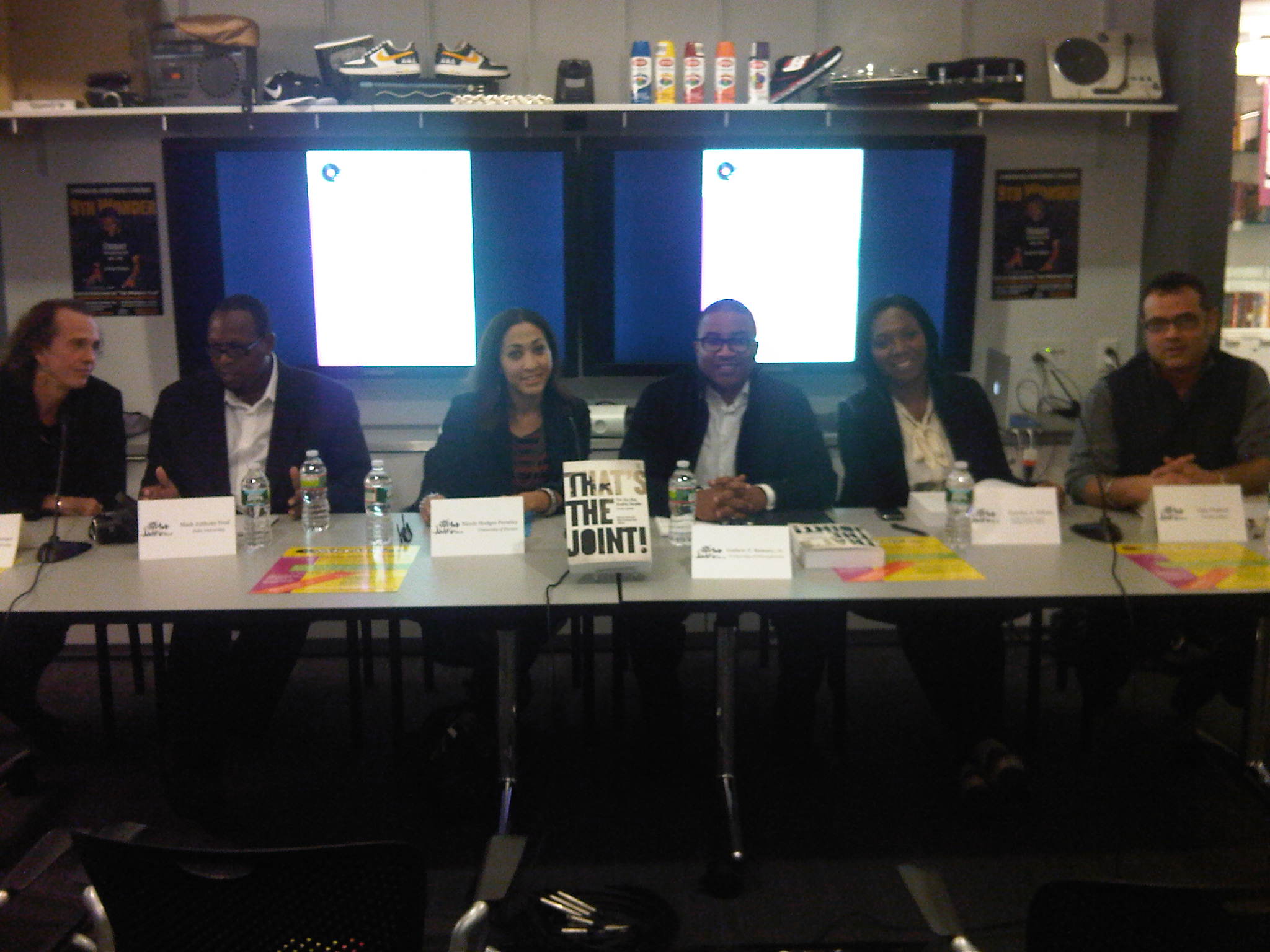
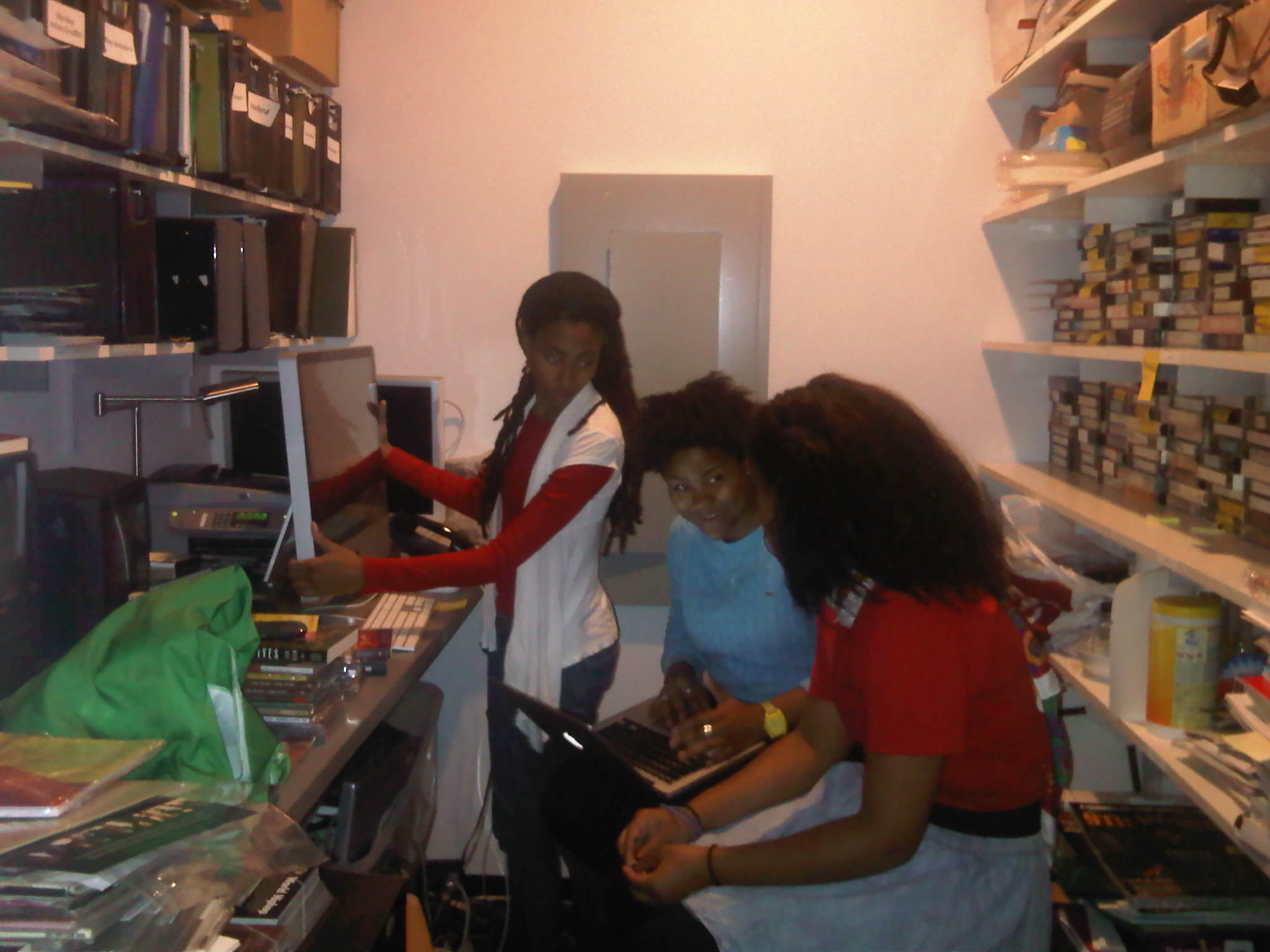

 Share On Facebook
Share On Facebook Tweet It
Tweet It

![[VIDEO] Black Music and the Aesthetics of Protest](https://musiqology.com/blog/wp-content/uploads/2015/03/onlynchings1-225x225.jpg)
